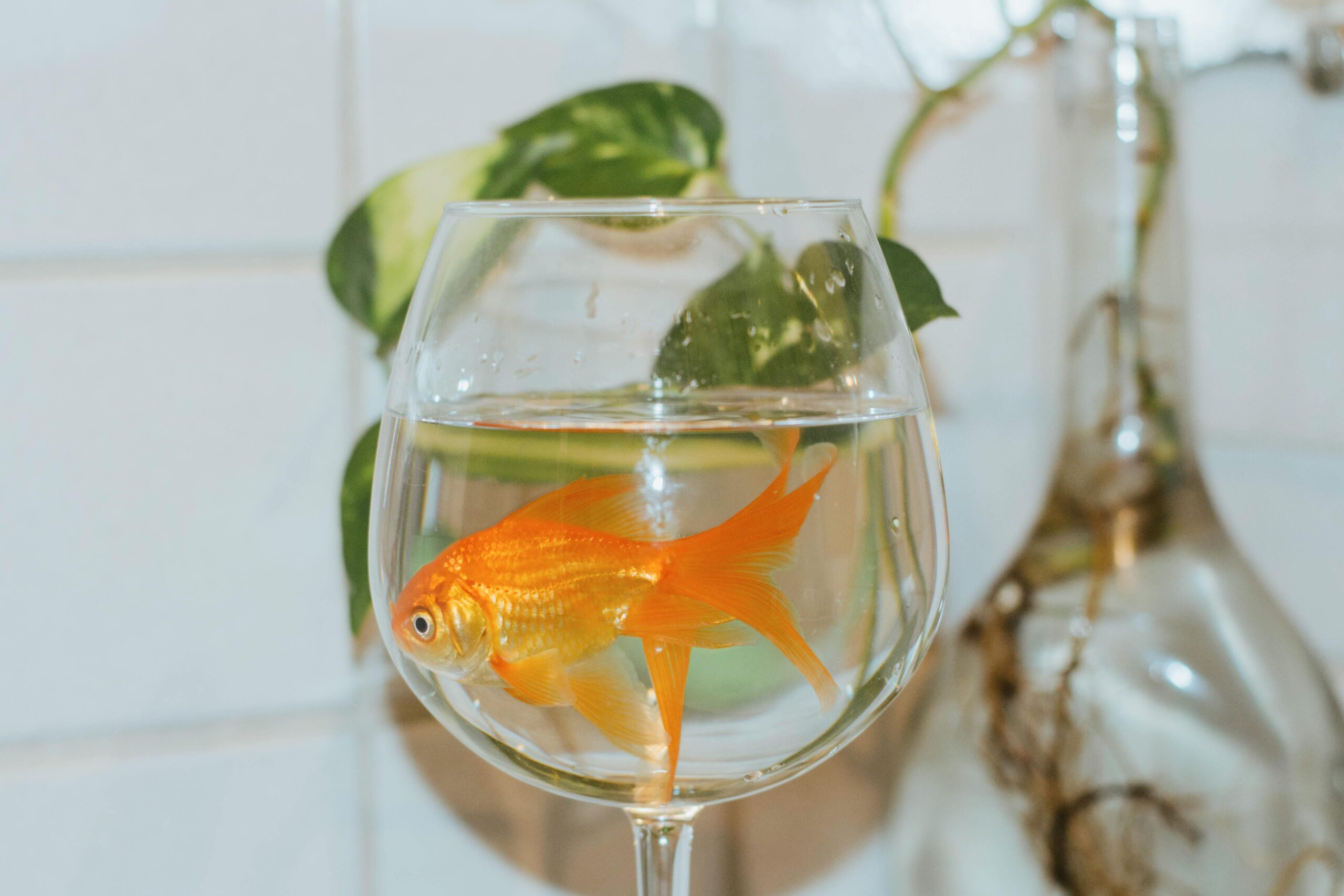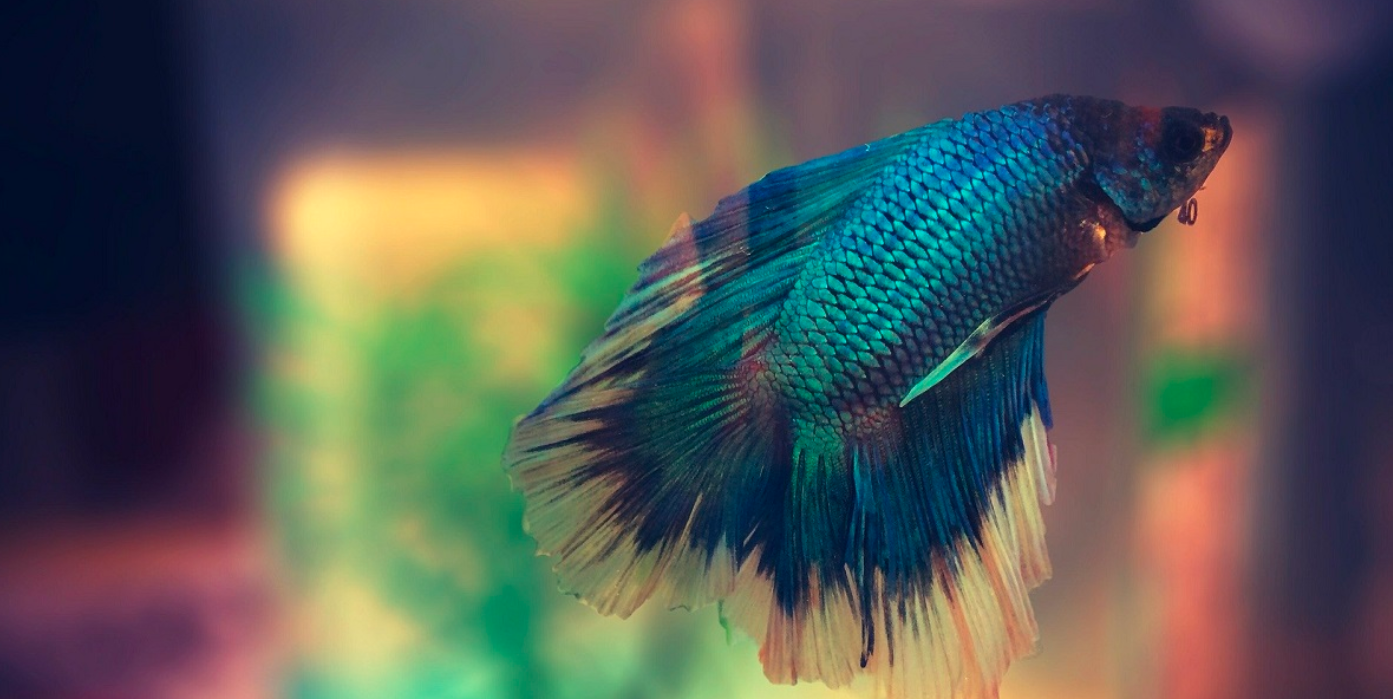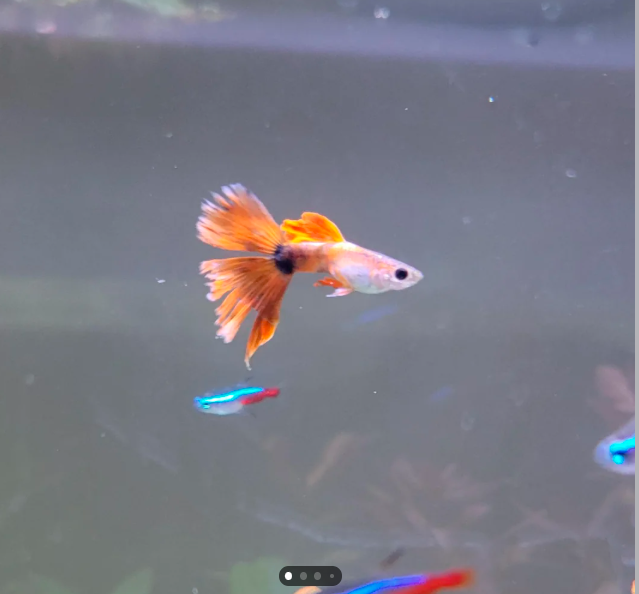How Much Are Oranda Goldfish? A Complete Price and Care Guide for Beginners
Introduction to Oranda Goldfish When considering adding a new aquatic pet to your home, one question often bubbles to the surface: How much are Oranda Goldfish? These elegant swimmers, known for their flowing fins and the iconic raspberry-like head growth called the wen, are beloved by aquarists for their beauty and charm. But their unique … Read more





